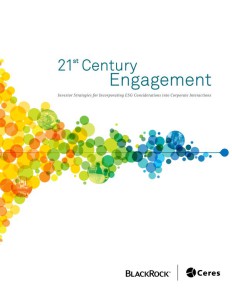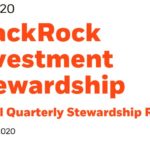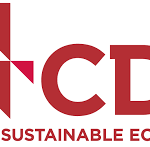
The world’s largest asset manager, has teamed up with nonprofit sustainability leader Ceres to create guidance for U.S. institutional investors on engaging with companies and policymakers on sustainability issues. The guide, 21st Century Engagement: Investor Strategies for Incorporating ESG Considerations into Corporate Interactions, includes tactics and case studies from 37 engagement experts spanning six countries.
The guide comes amid growing concern in the capitals markets about global sustainability risks that could materially impact company performance, including climate change and water constraints like we’re seeing today in California and Brazil, or human rights tragedies unfolding globally.
“As a long-term investor on behalf of our clients, BlackRock believes we have a responsibility to engage with companies on a range of governance matters, including the material environmental and social impacts of their operations,” said Michelle Edkins, Managing Director and Global Head of Corporate Governance and Responsible Investment at BlackRock. “In our experience, companies that manage all dimensions of the business to the highest standards are more resilient and generate more sustainable financial returns over time. We’re encouraged by the efforts leading companies are making in reporting material ESG risks and opportunities, which helps shareholders and others understand how effectively risks are being mitigated and opportunities realized to protect and enhance long-term economic returns. We hope this guide helps broaden and deepen company-investor dialogue on the ESG factors that impact value creation and would like to thank all those who shared their insights.”
“Every year for the past decade, we have seen an increase in corporate engagement by institutional investors on sustainability issues – especially climate change, resource constraints, diversity and human rights – which create enormous economic risks for both companies and investors,” added Mindy Lubber, president of Ceres. “The number of sustainability-focused shareholder resolutions continues to rise. We’re also seeing upticks in other engagement strategies, such as investors meeting with boards, negotiating with executive teams and asking hard, pointed questions on earnings calls and at annual
meetings. This valuable guide outlines various ways for investors to boost their engagement with companies on these issues.”
Showcasing dozens of real-world examples of investor engagement with companies, contributors cover issues like setting ESG standards in the marketplace, public policy engagement, collaboration, shareholder resolutions, board of director engagement, divestment, creating a focus list, strategies for international engagements, and other topics. The guide also features a set of ESG-themed questions that portfolio managers and analysts should be asking of companies in key sectors.
“TIAA-CREF has a long history of quietly engaging with portfolio companies on ESG risks and we are energized by the positive trajectory that has developed across the broader landscape over the last several years. We are pleased to be able to share our experience with others and look forward to continued mutually beneficial discussions with companies,” said Bess Joffe, Managing Director of Corporate Governance at TIAA-CREF.
“CalSTRS’ investment staff reviews not only the financial potential of investments, but also their social, human and environmental impacts to the ultimate benefit of our members– California’s teachers. CalSTRS is pleased to share our experience and to learn from others
how to improve our processes. We applaud BlackRock and Ceres for teaming up on this
guide. It will help inform others of the how and why we investors need to manage ESG
risks,” said CalSTRS Director of Corporate Governance Anne Sheehan.



